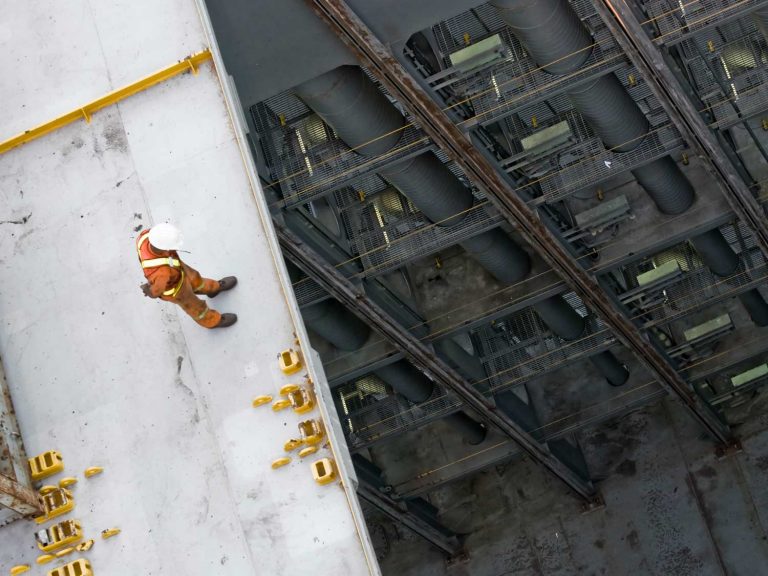
Date:
COVID disruptions continue to impact global supply chains
The delta variant has broken through virus defences across the Indian Subcontinent and the whole of Asia and reached nearly half of China’s 32 provinces in just two weeks, threatening more supply chain disruption.
Developments are raising the threat of delays at ports and airports as authorities screen crews of incoming vessels and aircraft, with factory production potentially halted, or at least stymied, if widespread lockdowns are imposed.
The situation is unfurling at a daily rate of knots…….
The strict lockdown in Bangladesh was lifted yesterday in a government announcement and factories can return to full operation, though we do not anticipate any significant improvement in ocean freight performance yet. Rates continue to increase, due to huge demand for containers and restrictions at Chittagong Port as a consequence of recent action.
Airport operations have resumed, though the market is relatively soft due to factory productivity being reduced and there are very few unloading bays for screening shipments, as construction continues inside the cargo village.
Cambodia, Myanmar, Indonesia, Vietnam and Sri Lanka continue to be affected by the spread of the delta variant and supply chain disruption, with many factories being forced to temporarily shutting production in the regions to stem the spread of the virus.
Port and airport facilities are still operating and there are no significant delays beyond those already being experienced, presently, although this is being monitored.
As we reported a fortnight ago, the lockdown in South Vietnam has many ships lying at anchor, which has now created a reported 100,000 TEU backlog at Ho Chi Minh City’s Cat Lai Port.
According to Saigon Newport (SNP), yard density at Cat Lai is currently around 85%, after it experienced a “rapid surge in the volume of over-dwelled import containers” – because many factories had closed or reduced production to 50%-70% during the lockdown – which had negatively impacted vessel handling.
Some factories are expected to reopen next week, but a resurgence in demand, caused by delayed production, may mean that empty container availability could worsen as manufacturing starts up and global demand continues to increase in the final half of the year.
The industry expectation is anticipating severe equipment shortages in the southern provinces of Vietnam for at least a few weeks, while equipment supply in the north is also extremely tight.
With congestion already increasing in Shanghai, following Typhoon In-fa, the world’s largest port, Ningbo, is now turning ships away, after a Meidong Container Terminal worker tested positive for COVID on Tuesday.
Operations were suspended yesterday following the 34-year-old worker testing positive, with the port authority initially claiming that its operating system was down before the Ningbo Municipal Health Commission confirmed an infected worker was part of the workforce at Meidong terminal.
Large vessel numbers are already backing up outside Ningbo-Zhoushanas. This map by maritime consultancy eeSea shows the huge volume of container ships at anchor waiting for berth space. This is not good news for the logistics sector and could potentially spread to other gateways if similar outbreaks occur in China further hampering the already disrupted supply chains.

Ningbo-Zhoushan handled 1.17bn tons in 2020 making it the largest port in the world, with annual box throughput of 30million TEU. To put it into perspective.
When a COVID-19 outbreak was detected at Yantian Port in late May, operational capacity at the key southern port was cut by 70% for most of June.
Since last July COVID infections have been confirmed in roughly half of China’s provinces, sparking mass testing operations and localised lockdowns.
Newly reported cases have forced the country to re-introduce restrictions to curb the spread of the virus, with ports now requiring a nucleic acid test (NAT) for all crew, with vessels forced to remain at anchor until negative results are confirmed.
Many ports in the country are also requiring vessels to quarantine for 14 to 28 days if they previously berthed in India or performed a crew change within 14 days of arriving in China.
For urgent and must have shipments from Asia, we have access to freighter capacity from our Sea/Air hub in Singapore and can move consignments of up to 200cbm per flight to Europe.
Our commercial and operations teams work closely with our partners across Asia, monitoring air and sea freight operations and the port congestion that continues to impact most regions.
Please do continue to send us your forecast data and order information, at the earliest opportunity, so that we can manage cargo bookings and transit deadlines, to meet your expectations.
If you have any questions, concerns, or would like any further information regarding any of the issues raised here, please don’t hesitate to contact Elliot Carlile or Grant Liddell.
